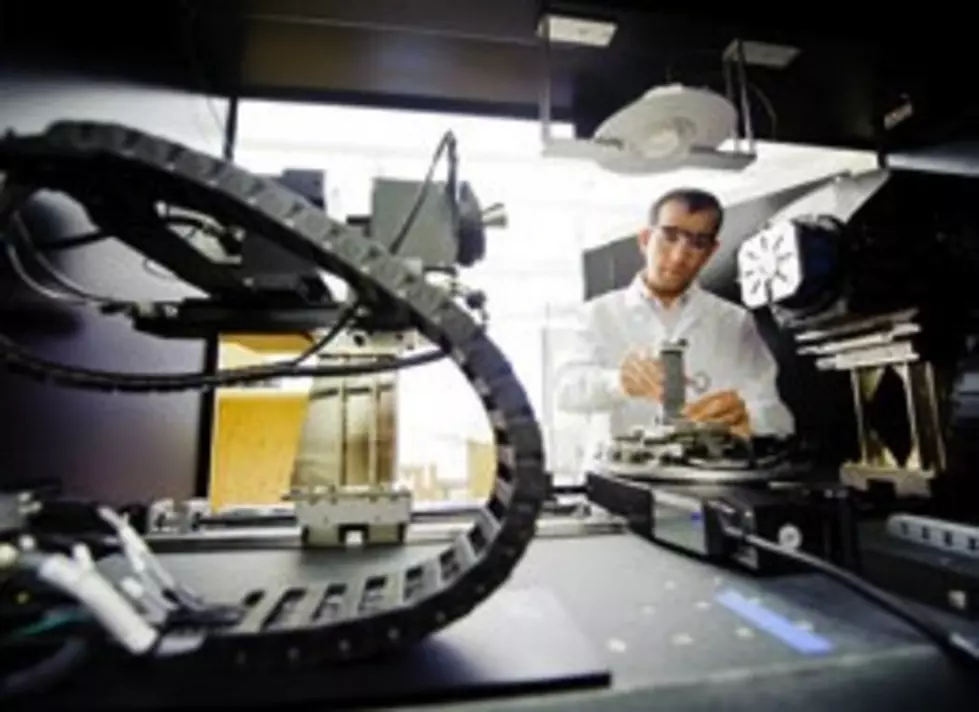
University of Wyoming a World Leader in Micro Imaging
The University of Wyoming has installed the most advanced high resolution 3D X-ray microscope available and is now the first university in the world to put this state-of-the-art tool in the hands of faculty and researchers.
This will increase their understanding of underground reservoirs of oil and natural gas.
Mohammad Piri, project director and associate professor of chemical and petroleum engineering, says he believes the equipment coupled with UW's research goals will substantially advance the understanding of conventional and unconventional reservoir systems such as tight gas deposits and significantly improve the ability to model oil and gas recovery processes.
Piri says the new laboratory addition will give UW a substantial advantage in performing cutting edge research in recovery of environmentally damaging gases.
This project has allowed UW to create a truly world-class research facility to train, educate and support high-caliber undergraduate and graduate students, faculty and research scientists."
The X-ray microscope which Piri describes as the "...newest, latest, and fastest instrument of its kind on the market." is being installed this week in the College of Engineering's EnCana Research Laboratory.
The use of this new technology will allow Wyoming researchers to obtain ultra-high resolution micro-images of porous media. Essentially, once these images are scanned, they become micron-scale three-dimensional maps of pore space which can then be used to more accurately characterize and model flow and fluid occupancy in reservoir rocks relevant to subsurface reservoirs, which can contain oil and natural gas.
According to the University, the installation of the X-ray microscope is the second of a three-phase project and marks a significant milestone in UW's effort to advance its research and development of porous media characterization and subsurface modeling. The first phase of this initiative, the installation of a meter to millimeter resolution scanner, was completed in 2008 and has since generated novel scientific data, attracted substantial external funding, and drawn visitors from an esteemed national and international list of research and academic institutions as well as energy companies. The complete installation of phase two means that UW is the first university to integrate both pieces of equipment for oil and gas recovery applications. The third and final phase of the initiative calls for installing nano-level imaging capabilities to map the smallest of media and equip the facility as a whole to gather images ranging from meter to nanometer resolution.
Director of Wyoming's School of Energy Resources Mark Northam says, "Developing a fundamental understanding of how reservoir fluids move in micro-porosity networks is an essential first step toward improving the ultimate recovery of hydrocarbon resources. Successful outcomes from Dr. Piri's innovative research hold great potential for increasing Wyoming's oil and gas production for many years to come."
More From KOWB 1290









